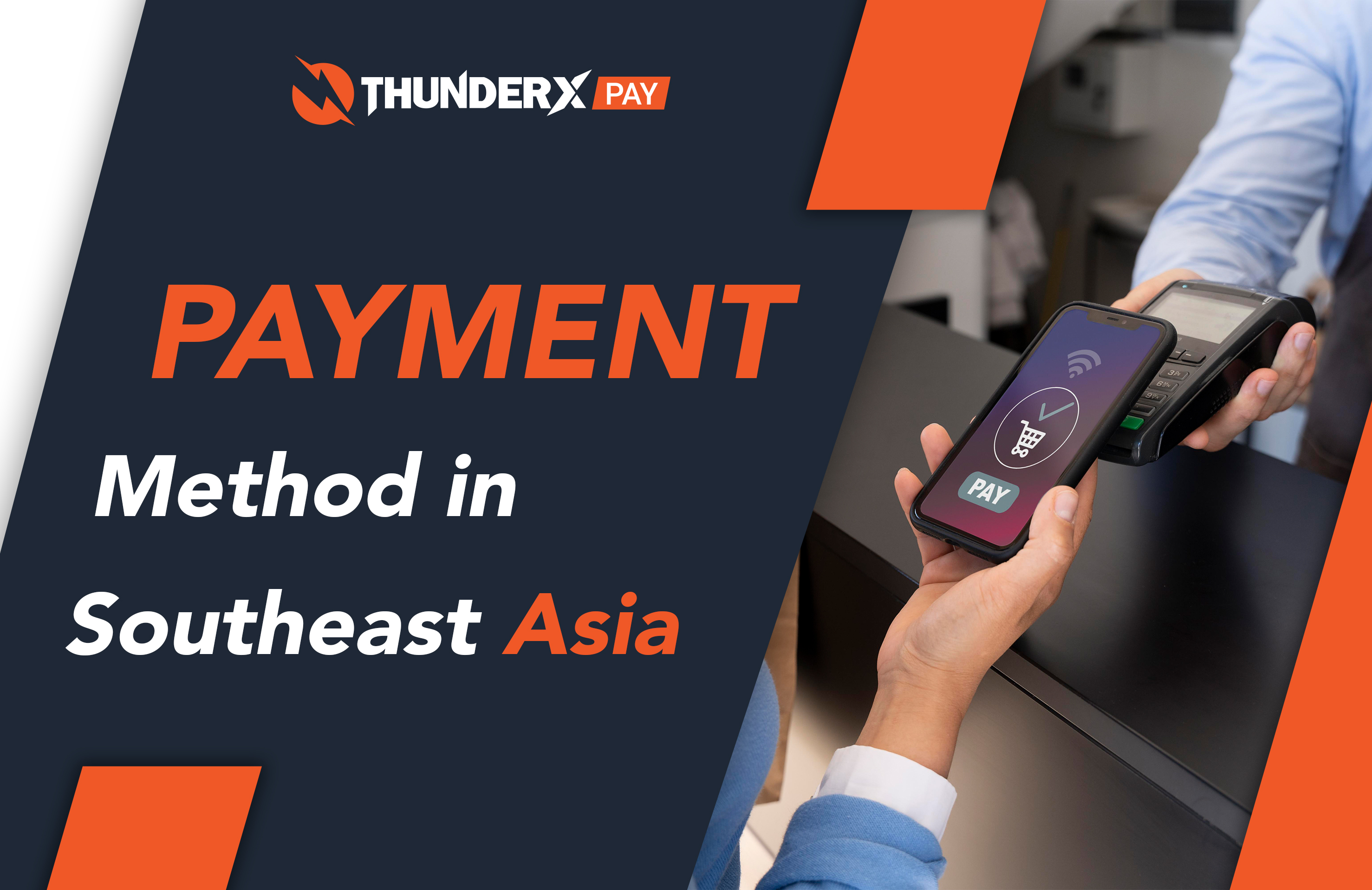Credit and debit card payments are popular payment methods, but did you know that non-card payments dominate in some of the world’s fastest growing markets?
In Southeast Asia (SEA), for example, ecommerce is expected to be worth over US $1 billion. Its internet economy will be close to US $240 billion by 2025
Knowing how these shoppers shop and pay will help international retailers formulate global expansion strategies that are better tailored for SEA.
Mobile-first, engaged SEA consumers
The region has more than 350 million internet users across important economies like Indonesia, Malaysia, the Philippines, Singapore, Thailand, and Vietnam. SEA is also one of the world’s most mobile-first internet regions, with over 90% going online via their smartphones.
One might expect the shopping and payment preferences to be similar to those of digitally savvy consumers in economic powerhouses like the US and UK. Yet the behaviors of SEA’s mobile-first digital natives cannot be more different.
According to Hootsuite research, Thai consumers use the mobile internet for 4 hours and 56 minutes per day. This is in contrast to the UK and US, where internet users spend just over 2 hours on their mobiles.
And it’s not just the internet browsing habits that are different. Purchasing and payment preferences vary between the UK and the US. The majority of Southeast Asia, especially countries like Thailand and Vietnam, don’t use cards to shop online, so retailers need to consider offering the following popular non-card payment methods.
Wallet payments
The region’s payment preferences are as diverse as its population. On one hand, there are card-dominant countries like Singapore. On the other hand, there are countries with a large unbanked population, where alternative payment methods like wallets may be favored.
Wallet payments help make transactions more secure as they leave a digital trail when compared to paying with cash. While Apple Pay and Google Pay are getting more common with the region’s high mobile penetration rate, wallets like GrabPay (across SEA), Momo Pay (in Vietnam), and Pay Maya (in the Philippines) are also popular options.
Besides being used for ecommerce, wallets are also accepted at point-of-sale in stores. Not only do they help make goods and services available to a larger audience that may not own a credit or debit card, they also work as contactless payment options or QR code payments, helping merchants reduce lines and increase efficiency in-store.
Various wallets can be topped up via credit cards, bank transfers or even cash.
Bank transfers
In cash-reliant countries, bank transfers are another alternative way to pay. In Indonesia, for example, bank transfers allow shoppers to pay for their online shopping even if they don’t own a credit card, making it an important payment method to add to the mix for the thriving e-commerce market in Indonesia.
Here’s how it can work with an Adyen merchant:
- When a shopper places an order, a virtual bank account unique to the order is generated.
- To pay, a shopper simply transfers funds into the virtual account.
- The shopper can easily pay with their bank cards at an ATM or via their bank app.
- The merchant will then receive a notification for fulfillment, skipping manual reconciliation.
Payment at convenience stores
This payment method may seem odd to those who may not be familiar with it, but for various cultures and countries, the convenience store is where bill payments and online purchases may be completed. In advanced payment markets like Japan, konbini payments are a part of Japanese life.
In the Philippines, convenience store payments provide a reliable way to pay. Alternative payment methods like wallets may be handy, but because of the geographical landscape of the Philippines, internet connections may not always be steady, limiting the prowess of these payment methods.
Convenience store payments circumvent several barriers shoppers may face, such as the lack of credit cards, internet connection, or a preference for cash. There are several ways Adyen supports payments at convenience stores, including letting shoppers pay cash by presenting a digital voucher.
Published 25/01/2022
By Michael Saichuk

